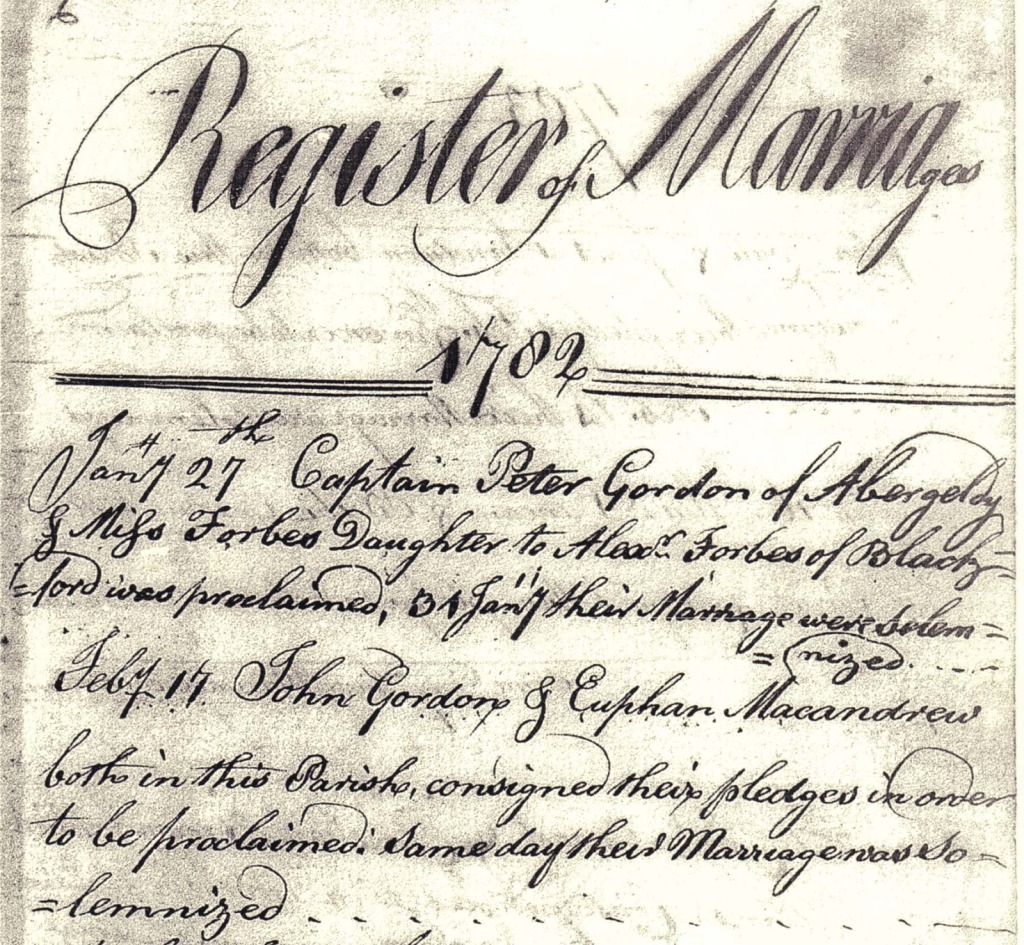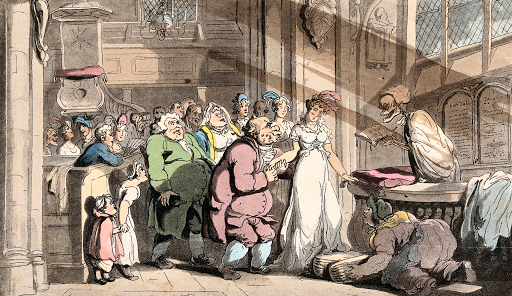I often receive questions from readers or new authors to historical romance regarding the legal age to marry during the Regency. Below are some of the questions I have received and my response. Perhaps it will help another writer or reader.
Question: I’ve been reading more than writing while I’ve been sick, and I keep seeing the age of consent for marriage being twenty-five years. I thought it was only twenty-one.
Answer: If a young gentleman or young lady wanted to marry before reaching his or her age of majority (meaning age 21), he or she required the permission of his/her parent or guardian. The acceptable age of majority was 21 years of age. It was 1970 before England accepted the age of 18 for majority.
Parents/Guardians had to extend permission for individuals who were underage to marry in England. The only exception was where the underage party had been married before, say, in another country. The age of consent was 12 for girls and 14 for boys, but parental consent to marry by licence was needed for minors under the age of 21.
So, this means the girl could marry at age 12 and the boys at age 14 but ONLY with parental permission. A common marriage licence, and even a special licence, to marry an underage person had to be signed off on by a parent or guardian. This was a sworn statement that provided permission for the underaged. person or persons to marry. After age 21, the person could choose to marry whoever best pleased him/her. If they lied about having parental consent, the marriage could be set aside.
I do not know where people get the idea a female had to have a guardian until she married or until age 25. I believe the age of marrying without missioner was 25 in France, at the time, and perhaps such was the idea. However, I think the confusion comes from fathers or someone setting up a trust for a female. The trust would give her money at age 25 or when she married, if she married with the approval of the man named guardian of the money. If she didn’t have his approval, she could marry if over age 21, she just wouldn’t receive the money.

Question: If an underage lady (say 19) elopes to Gretna without her guardian’s consent, can the guardian have the marriage declared illegal and annulled?
Answer: No. One could marry in Scotland at 14 without permission.
The reason many made the trek to the Scottish border was because Scottish law said the couple only required a witness, not even a priest, and, as long as they were over fifteen, then English Law accepted a marriage that was witnessed in Scotland. The Smithy is just the first building one comes across over the Scottish border and that is how the Smithy became the place the deed was done and a couple married “over the anvil.” There were a dozen or more people living in Gretna Green who set themselves up to offer to be a witness to couples crossing the border.
“Joseph Paisley was an ex-tobacconist and smuggler, renowned for his strength. He became a blacksmith, but quickly recognised it was more lucrative to marry eloping couples and became one of the first blacksmith priests in 1754. Despite becoming immensely fat and addicted to drink, he continued to conduct marriage ceremonies until his death in 1814.
“Robert Elliot was a farmer’s son who worked for a stagecoach company. In 1811, he married Paisley’s granddaughter, Ann Graham, in the parish church at Gretna Green. He became Paisley’s assistant in the marriage business and took over from him on his death in 1814.
“In his memoirs, Elliot claimed to have performed between 4,000 and 8,000 marriage ceremonies before he retired from the business in 1840. However, some of the other facts in his memoirs were clearly wrong, so it is hard to know how accurate this figure is and impossible to confirm one way or the other as his registers, and those of Paisley, were destroyed in a fire.” (Regency History)
Scotland, also, had a civil register years before they appeared in England. One could be married merely by going to this register and having the man record the marriage. Quite often the man was willing to predate the entry back several months if the woman was pregnant even though it legally didn’t matter when the child was conceived. All that mattered was whether or not the parents were married when it was born.
Question: What about marrying by common license? Did those have to be done at the local parish as well, or could they be done at any church?
Also, how common were common licenses? I can’t remember where I read that most aristocratic marriages were done by common license and only the lower classes had the banns read. Is this true?
Answer: The Common license required the name of the parish church in which the wedding would take place. According to the parish registers I have seen, many people of the gentry and middling sort, as well as aristocrats married by common license. Some felt the ribald remarks and tomfoolery committed by some of the villagers/friends kept them from having the banns called. Most of the special licenses were used by the aristocracy.
Question: Did couples need to get special approval to marry at a local church, like St James’s or St Peter’s?
Answer: A couple had to marry at their parish church unless they had a special license when they could marry at any place a clergyman would conduct the ceremony.
Question: I read somewhere that a couple could marry at age 6. How was that possible?
Answer: Okay, I could be wrong on this, but I believe someone twisted the meaning of “permission” to mean to marry at age six. It is my understanding, the couple could become engaged at age six, and the girl could break the engagement at age 12, if such was not her desire.
The number of marriages of “infants” decreased during the Age of Enlightenment and up until the 18th century when people started to think 16 was too young. Also, the trend was towards nuclear families instead of more communal living with many generations in the same house. Marriage statistics take in all classes of people. A peer of the realm or his wealthy heir could marry at any age. A man of lower status had to be established in his profession or job to be able to afford a wife. Quite often the would-be bride was also working in some way to acquire money for the new home.
The fact it it was legal to marry at twelve and fourteen for girls and boys does not mean it was common. I have seen statistics saying that during the early 19th century the average age for women to marry in the British Isles was mid-twenties.
As for the short life expectancy, most of that is due to death in early childhood. If a person has six children, and three die before the age of one and the other three live to be seventy, their average life expectancy is thirty-five. As Sheldon Cooper would say on The Big Bang Theory: “Do the math.”






